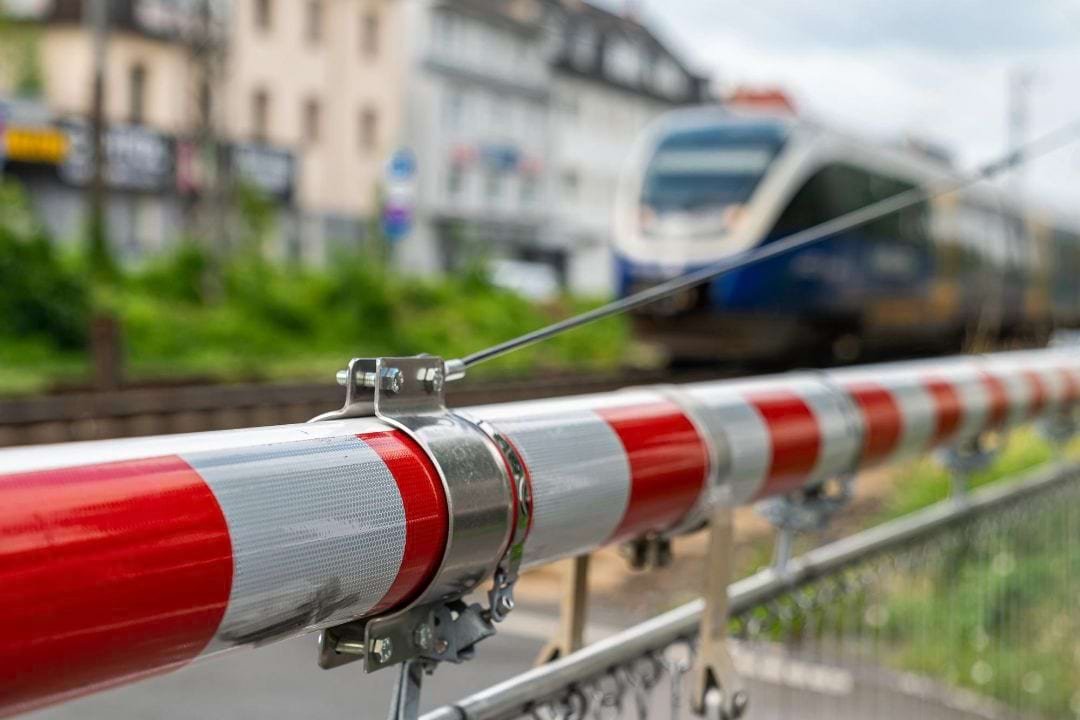On October 3, the Commission approved new investments on this Polish railway line, including the reconstruction of the track substructure, the addition of a second track along the Wejherowo-Supsk section, the construction of new stops, and the modernization of all the stations, according to EU Helpers.
The installation of computerized railway control devices will also be part of this project, according to the Commission, in order to enable the European Rail Traffic Management System on the railway line.
Additionally, once the project is finished, which is anticipated to happen in 2028, passenger trains will be able to travel in that area at speeds of up to 200 km/h on some sections of the track and up to 160 km/h overall. By doing this, the line will be able to accommodate more trains, increasing the likelihood that they will arrive on time.
Additionally, this concept aims to get customers to prefer using the upgraded train stations to driving their own cars. By lowering pollutants, enabling fewer emissions, and reducing congestion, this preference would help create a transportation system that is more environmentally friendly and sustainable.
The Commission has recently made significant investments in rail infrastructure throughout the EU. The Commission granted approval in December of last year for an investment of over €109 million to construct a new circular railway section in Palermo, Italy.
A significant component of the trans-European transportation network, the railway connecting Ilina to Teplika was connected by the Commission's announcement in April of this year that it would provide a grant of €190 million to enhance Slovakia's railway infrastructure.
All three programs attempt to improve the railways in a variety of ways, including by altering the infrastructure, facilitating travel, aiming for a more sustainable transformation option, and installing computerized systems for railway control. These expenditures show the EU's efforts to develop the continent's transportation systems and enable environmentally friendly mobility.

